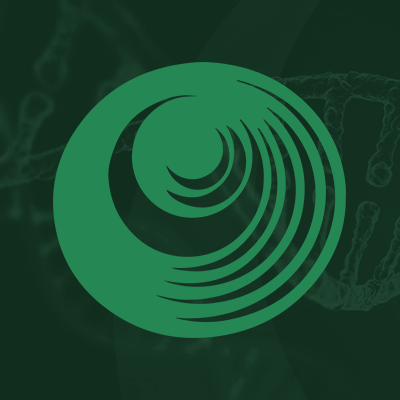Abstract
Noura J. Choudhury1, Mansooreh Eghtesad2, Sabah Kadri3, John Cursio4, Lauren Ritterhouse5, Jeremy Segal5, Aliya Husain6 and Jyoti D. Patel1
1 Department of Medicine, The University of Chicago, Chicago, Illinois, USA
2 Department of Pathology, Advocate Illinois Masonic Medical Center, Chicago, Illinois, USA
3 Department of Pathology, Ann and Robert H. Lurie Children's Hospital of Chicago, Chicago, Illinois, USA
4 Department of Public Health Sciences, The University of Chicago, Chicago, Illinois, USA
5 Division of Genomic and Molecular Pathology, Department of Pathology, The University of Chicago, Chicago, Illinois, USA
6 Department of Pathology, The University of Chicago, Chicago, Illinois, USA
Correspondence to:
| Jyoti D. Patel, | email: | jpatel25@medicine.bsd.uchicago.edu |
Keywords: non-small cell lung cancer; healthcare disparities; targeted therapies; immunotherapies; biomarkers
Received: June 19, 2019 Accepted: August 27, 2019 Published: October 08, 2019
ABSTRACT

